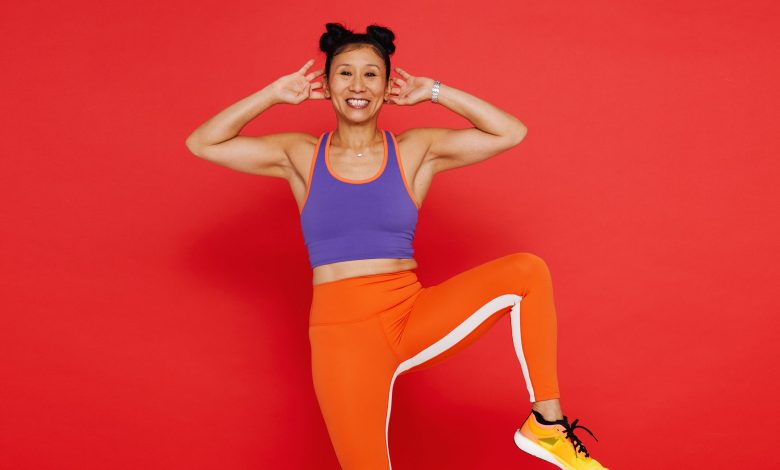12 Standing Core Exercises That Will Fire Up Your Abs

When you take a sec to think about it, standing core exercises just make a lot of sense. So much of life happens from an upright position—whether you’re walking to work, hauling groceries, or chasing your toddler around the park—so training your abs to fire from this position is a smart, functional choice.
Plus, standing core moves can be a little (or a lot) more convenient than their on-the-floor counterparts, like planks, crunches, or sit-ups. With standing exercises, you don’t need to plop your butt on the ground or have a mat to get ‘em done, making them that much easier to slot into your day.
We tapped Evan Williams, CSCS, CPT, strength and conditioning coach for the Milwaukee Bucks and founder of E2G Performance, for must-know info on standing core exercises. Below, we cover how exactly they work your abs, which muscles they fire up, who they’re good for (and who might want to sit them out) and the best way to weave them into your routine. Then, we rounded up 12 stellar standing core exercises you can give a whirl at home. Ready to ignite your abs? Let’s get after it!
How do standing exercises work your abs—and what muscles do they target?
With standing moves, much of the core engagement comes from all that work of trying to stay steady. Basically, when you’re doing exercises standing up, your core has to stabilize in order to resist gravity and keep you in the correct positioning, Williams tells SELF. This is especially true if the move has a balance component. For example,say, you’re doing single-leg deadlifts:Your core must seriously fire up to keep you from toppling over.
To get more specific, many standing core moves are anti-movement exercises, which means your core engages to resist movement. For example, a suitcase carry (which involves walking while holding a weight in one hand) is a category of anti-movement exercises known as anti-lateral flexion moves. Your core has to really engage to maintain an upright posture and resist the force of the weight pulling you to the side.
The same goes for traditional weighted strength training exercises that are unilateral, like a single-arm row or single-arm overhead press. When you’re holding just one dumbbell, your body naturally wants to rotate and shift toward the side with the weight, so you need to engage your core to stop that from happening, making it an anti-rotation move.
But standing core moves can also be more dynamic—meaning, they include motion—and involve rotation of the torso. The woodchopper is one example of a rotational standing core move: You lift a weight (or just your hands) up and down diagonally across your body. This motion works dynamic core strength, power, and core stability, says Williams.
As for which core muscles you’re hitting with standing moves, well, that depends on the specific exercise you’re doing. In general though, you can use this category of core moves to target all of your ab muscles, including your transverse abdominis (deepest core muscles), rectus abdominis (the muscles that run vertically along your abdomen) and obliques (muscles on the sides of your torso).
Who can benefit from standing abs exercises—and who may want to skip them?
Most anyone can do and benefit from standing abs exercises, so long as they have the ability to stand, says Williams. That said, brand-new exercisers may want to start with on-the-mat moves like dead bugs and bird dogs since those are generally more beginner-friendly, suggests Williams. Once you’ve gotten the hang of those movements and feel good about your ability to engage your core on the mat, you can progress to standing moves, he says.



